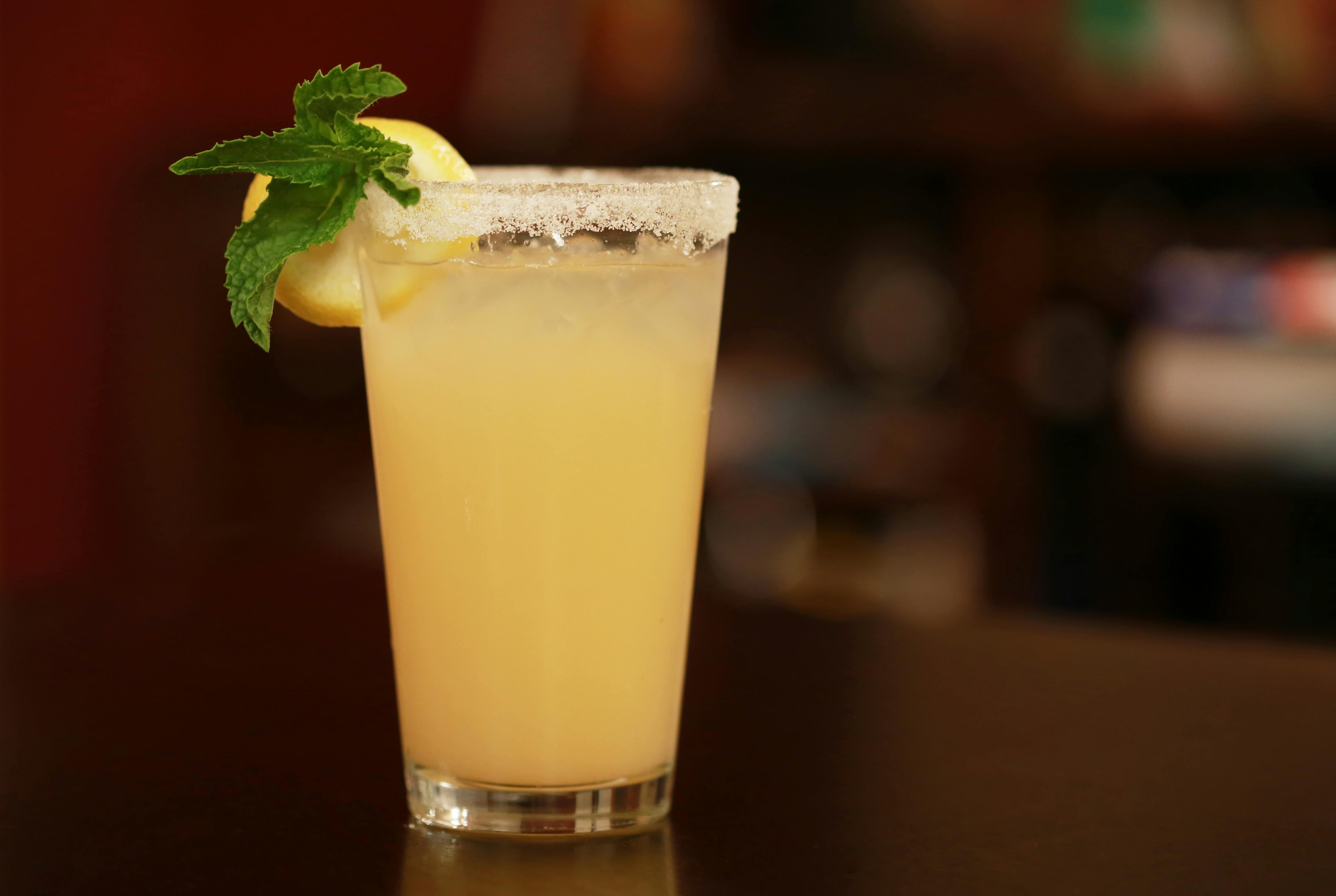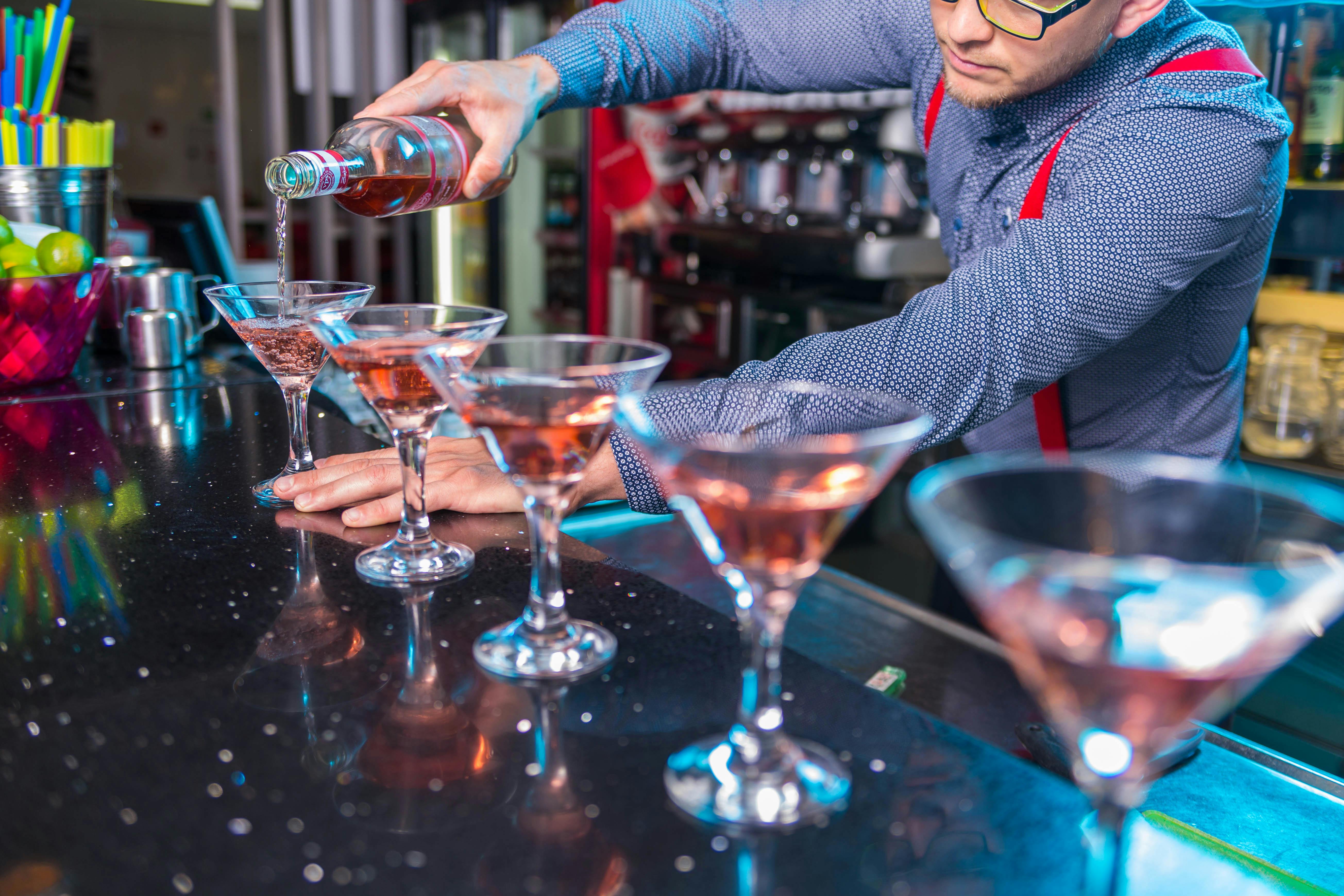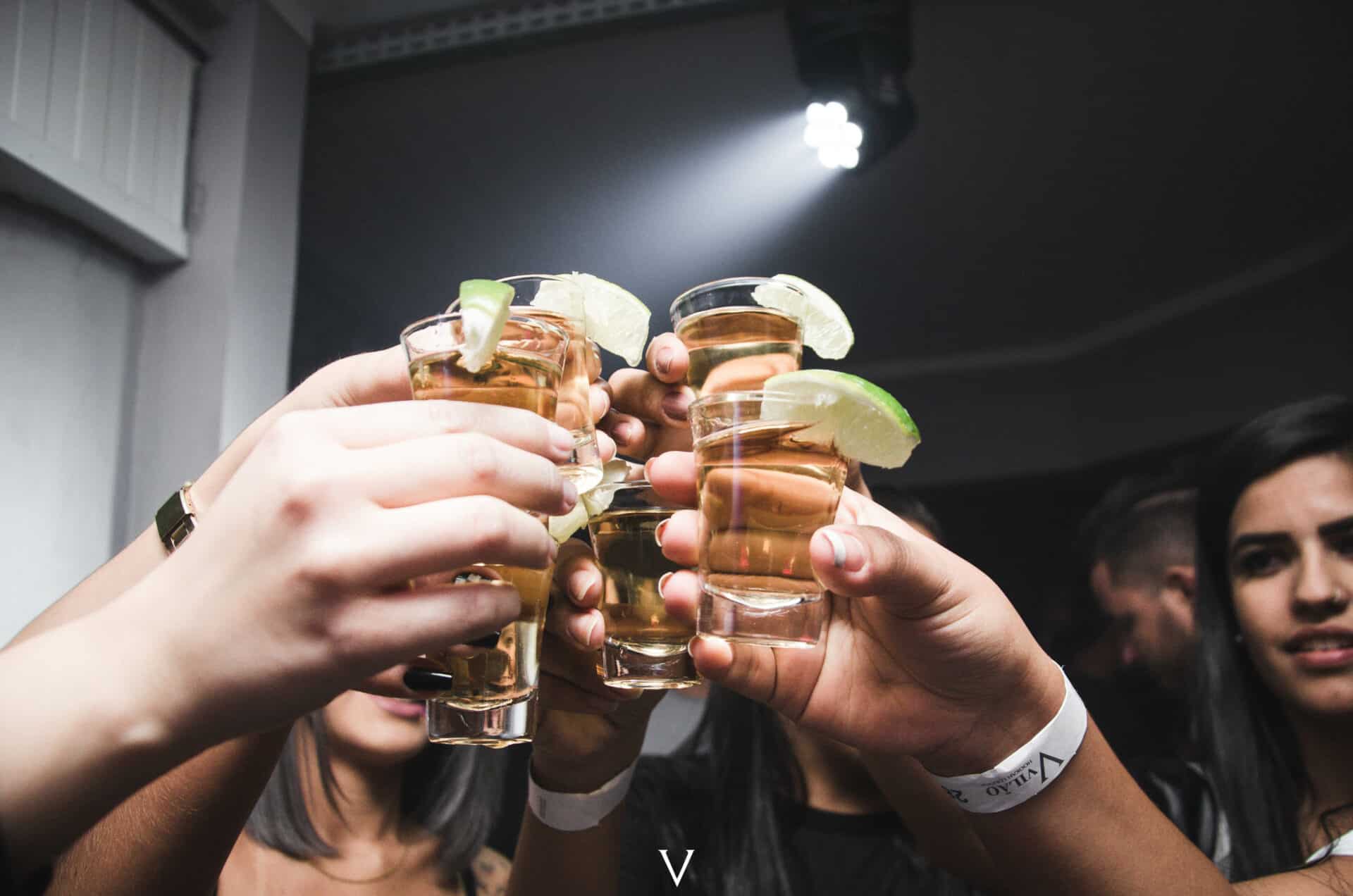Distilling tequila is a great way to create a unique spirit with a distinctive flavor. Tequila is made from the agave plant, which is native to Mexico and is used in many different types of beverages, including tequila. Distilling tequila involves several steps and requires special equipment. This guide will provide an overview of the process for distilling tequila so that you can make a delicious and individualized drink at home.Tequila is an alcoholic beverage made from the blue agave plant, primarily in the area surrounding the city of Tequila, 65 km northwest of Guadalajara, and in the highlands (Los Altos) of the western Mexican state of Jalisco. The distillation process for tequila involves cooking or steaming the agave hearts, crushing them and then fermenting them with yeast. After fermentation is complete, the resulting liquid is distilled twice to create a clear liquor with a maximum alcohol content of 55%. The result is a smoky-tasting spirit with hints of pepper and citrus.
The Different Types of Tequila and How It’s Made
Tequila is a Mexican alcoholic drink made from the blue agave plant. There are several different types of tequila, each with its own unique flavor and characteristics. Blanco, or white tequila, is the most basic type and is usually clear in color. Reposado tequila has been aged for up to one year in oak barrels, giving it a light golden hue and a smoother flavor. Añejo tequila is aged for at least one year in oak barrels, giving it an even smoother flavor and a darker color. Extra Añejo tequila is aged for three years or more in oak barrels, giving it an even deeper flavor and color.
Tequila is made by harvesting mature agave plants, slicing off their leaves to reveal the heart of the plant (called the piña). The piñas are then cooked in large ovens or autoclaves to release their juices. The cooked piñas are mashed to extract the juice which is then fermented with yeast to create an alcoholic beverage called mosto or wort. The mosto is
The Equipment Needed for Distilling Tequila
Distilling tequila can be a fun and rewarding process. To do it safely and effectively, you will need certain pieces of equipment. The most important piece of equipment is the still, which is a device used to distill liquids. The still must be made from food-grade materials that won’t leach toxins into the product. You will also need containers such as carboys, fermentation buckets, and glass jugs for storing the liquid during the distillation process. Additionally, you will need a thermometer to monitor the temperature of the liquid as it boils and a hydrometer to measure the alcohol content of the finished product. Finally, you will need filter systems such as charcoal filters or a rotary evaporator to remove impurities from the liquid before bottling it. With all these pieces of equipment in hand, you can begin your journey into distilling tequila!
Preparing the Mash for Tequila Distilling
Tequila distilling requires the creation of a mash, which is a combination of yeast, water, and sugar. The sugar is usually derived from either corn or agave, and these two ingredients form the base of the mash. The yeast is then added to the mix, and this helps to break down the sugars into alcohol. Once all of the ingredients are combined, it is then ready to be heated in order to create a distillate. This process requires careful monitoring in order to ensure that the right temperatures are maintained in order for successful distillation.
The first step in preparing a mash for tequila distilling is to ensure that all of the ingredients are correctly measured out and combined in the right amounts. Too much or too little of any ingredient can lead to an unevenly fermented mash, resulting in an inferior product. It is also important to make sure that all of the ingredients are properly mixed together so that they can interact with each other correctly.
Once all of the ingredients have been combined, they need to be heated up while being stirred constantly. This allows for even heat
Fermenting the Mash to Make Tequila
The process of fermenting the mash to make tequila begins with the harvesting of the agave plant. The plant is harvested and then cut into small pieces, which are then cooked in an oven or autoclave. This helps to break down the starches in the agave and convert them to sugars. Once this is done, the cooked agave pieces are mashed and mixed with water, yeast, and other ingredients. The mixture is then left to ferment for several days in temperature-controlled tanks. During this time, yeast works to convert the sugars into alcohol, creating a fermented mash that is ready for distillation.
The fermented mash is then filtered and distilled multiple times in order to produce a high-proof tequila spirit. Depending on the distillery, there may be several rounds of distillation or just one longer one. During these rounds of distillation, impurities are removed along with some of the flavoring compounds that give tequila its distinct flavor profile. The final product is a clear liquid that has been reduced in strength from its original form and now contains approximately 40-50

Separating the Alcohol from the Fermented Mash
The process of separating the alcohol from the fermented mash is known as distillation. This process involves heating the mash to boiling point, and then collecting and condensing the alcohol vapors that are released during this process. The resulting liquid is then filtered to remove any impurities that may have been left behind. The end result of this process is a clear, high-proof alcoholic beverage, which can range from light and fruity to strong and potent.
The actual distillation process can vary depending on what type of alcoholic beverage is being made. For instance, whiskey is distilled twice in order to create a smoother taste, while vodka is typically distilled three or four times to achieve a higher proof. Other types of alcohol like rum or gin are also typically distilled multiple times in order to produce different flavor profiles.
Once the distillation process is complete, it’s important to store the finished product in a cool, dark place away from any heat source in order to preserve its flavor and quality. In addition, it’s important to ensure that all equipment used
Collecting the Distillate and Removing Impurities
The process of collecting the distillate and removing impurities from it involves capturing the vapors produced during distillation and then cooling them until they condense into liquid form. This liquid is known as the distillate. In order to ensure that this liquid is free of any impurities, it must be further filtered or treated. Depending on the type of impurity, different methods can be used, such as vacuum filtration, chemical treatment, or activated carbon filtration.
Vacuum filtration involves passing the distillate through a filter paper in order to remove any solid particles that may have been present in it. Chemical treatment involves adding specific chemicals to the distillate in order to neutralize any acidic or alkaline compounds that may be present in it. Activated carbon filtration also removes suspended solids from the distillate by passing it through an activated carbon filter bed.
Once all impurities have been removed from the distillate, it is ready for use. The purest form of distilled liquids can then
Aging and Bottling Your Home-Distilled Tequila
Aging and bottling your home-distilled tequila is an important part of the process of making a quality product. The aging process can take anywhere from two months to two years, depending on the type of tequila you are making. During this time, the flavors in your tequila will mellow and the alcohol content will decrease. Once you have aged your tequila to your desired flavor profile, you can bottle it for storage or for serving.
When bottling your home-distilled tequila, it is important to use bottles that are specifically designed for spirits. These bottles are designed to protect the spirit from oxidation and other contaminants and also help preserve its flavor. You should also make sure that the bottles are airtight, as oxygen can quickly ruin a spirit’s flavor if left unchecked. Once you have chosen your bottles, label them with the type of tequila you are storing so that you can easily identify them later.
Finally, make sure that you store your bottled tequila in a cool, dark place away from direct sunlight or

Conclusion
Distilling tequila is an intricate process that requires knowledge and skill. It takes time and patience to craft a quality product. However, with some practice, it is possible to produce a high-grade tequila that is both flavorful and smooth. The key is to pay attention to details such as the type of agave used, the fermentation method, and the distillation process. When done correctly, tequila can be a very enjoyable drink that can be enjoyed by many.
Although distilling tequila may seem intimidating at first, anyone with the right ingredients and equipment can do it. There are numerous resources available online that can provide valuable information on how to distill tequila properly. With some practice and dedication, you too can produce a delicious spirit worthy of being served at any celebration or gathering.

